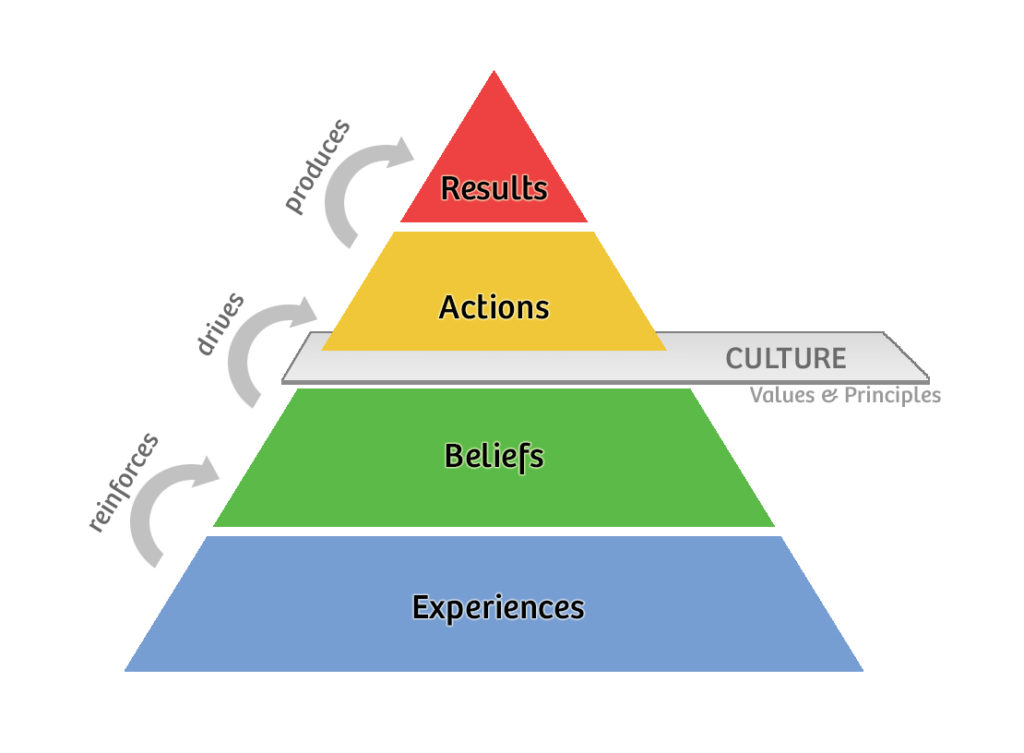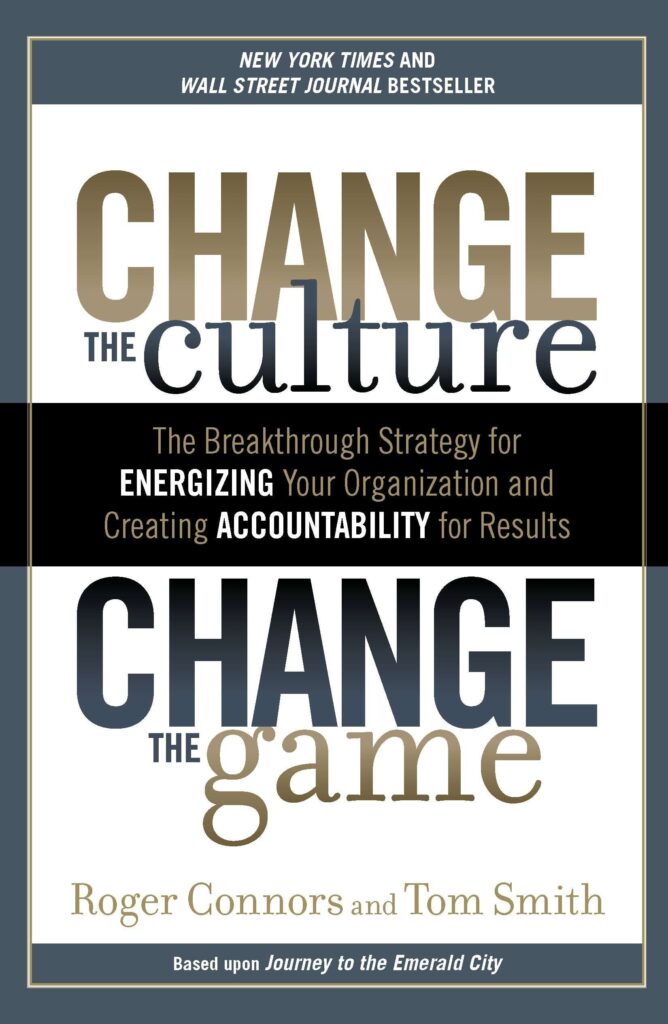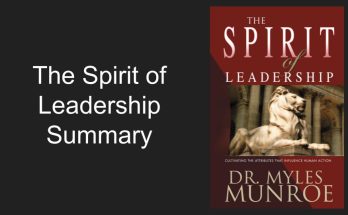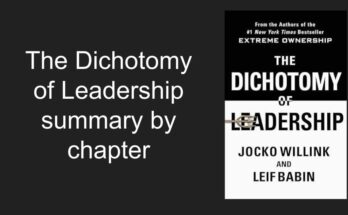Change the culture change the game summary will comprise key lessons from this phenomenal book.
In this book, authors Roger Connors and Tom Smith share their extensive experience in creating organization-wide culture change.
Authors are recognized for their enterprise-wide accountability and practical strategy that has helped many leaders to accelerate culture change.
In this change the culture change the game summary we will see the Results Pyramid and how it is used to change the way people think and perform in the organization.
Change the culture change the game summary will cover
- Why you should read this book?
- How to accelerate change in the culture needed for achieving goals?
- How to generate more accountability in teams and individuals?
- How to use Results Pyramid to transform your organization?
Why should you read this book?
Authors Roger Connors and Tom Smith are founders of Partners in Leader Inc. a premier consulting firm providing accountability training worldwide,
Change the culture change the game summary is just the tip of the iceberg, to understand concepts of accountability, Results Pyramid, and orgnization culture change you should read the book.
The Results Pyramid, What is it?
The Results Pyramid represents three essential components for organizational change.
- Experiences
- Beliefs
- Actions

Experiences, Beliefs, and Actions should work harmoniously to achieve results.
Experiences foster beliefs, beliefs influence actions and actions produce results.
A clear line separates accountable and non-accountable behavior and thinking, above the line are steps to accountability and below the line are age-old blame games.
The steps to accountability help to reach above the line of action and thinking.
However, the blame game results in a below line of action and thinking.
You can see when people take more accountability and take action organization will achieve the results, however, if people play the blame game or victim cycle organization will not achieve the results.
What are the steps to accountability?
A culture of accountability exists in the organization when people take the following steps to accountability.
See it
When you see it.
You allow yourself to see the hard reality by obtaining the perspective of others.
Taking feedback, and communicating openly and candidly.
Own it
When you own it.
You accept the organization’s mission and goals as yours and align yourself with them.
Solve it
When you at solving it.
You always think “What else I can do?” to achieve results, overcome obstacles and make progress.
Do it.
This means keeping your promise.
Doing the things that you said you will do.
Focusing on top priorities and staying above the line by doing the work.
Defining results that guide the change
It makes no sense of beginning any culture change exercise if it does not end in building the capability of the organization to achieve results.
The first step in the Results Pyramid is to set the results you want to achieve.
Building a culture of accountability begins at the top of the Results Pyramid, that is the reason to define the results first that guide the change in the organization.
Taking actions that produce results
While changing the culture in the organization, you must make everyone take action and not just do the things they used to do.
You need to get them doing the right thing at the right time to produce desired results.
To achieve cultural transition you need to take that kind of targeted, and focused action for change.
People in the organization should shift to greater accountability than earlier, this change in action is crucial for cultural change.
When you are doing it right, you will observe a boost in morale in the organization.
Identifying the beliefs that Generate the right action
During the time of cultural change in the organization, leaders tend to focus on Results and Actions.
However, it is more difficult for people to act the way they think than the way they act.

People’s beliefs affect their actions, so to get desired results, leaders first need to work on identifying the beliefs that generate the right action.
Successful leaders understand that beliefs drive people’s actions.
Providing experiences that instill the right beliefs
The experiences we provide create the beliefs people hold.
Sometimes leaders find that the experiences they are providing are not generating the beliefs that would accelerate the actions.
To avoid that, let’s discuss principles in this change the culture change the game summary.
Principle 1
We all have selective interpretation, which means we validate everything in favor of old beliefs by filtering any new experiences.
Principle 2
People fall prey to belief bias, most of the time they are unaware that they are doing it.
People will cling to their existing beliefs.
Principle 3
Beliefs are generated over a period of time with experiences. It is only a logical and natural conclusion for people. People fail to take accountability for their actions because they believe whatever they did is logical and natural.
Principle 4
The best indicator of future behavior is past behavior, as people usually do not change their beliefs.

Providing experiences that instill the right belief is the way to change the culture in the organization.
How will you provide experience to instill beliefs? In the change the culture change the game summary we will see the four steps to providing experiences.

The four steps to providing experiences
These are four important steps you can take to ensure, you give experiences to people that instill the right beliefs.
Step 1 Plan it
You should learn to create a plan for experiences you want to provide to your team in advance. Sometimes it can be spontaneous.
Step 2 Provide it
Follow the plan created in step 1 and make a sincere effort to provide experiences to your team.
Step 3 Ask About it
Take follow-up or feedback from the team, and try to understand whether your plan of providing experiences is working or not.
If you do not take input or become defensive about your plan, you may not achieve desired results.
Step 4 Interpret it
Interpret the feedback you have received, and make corrections if needed.
Integrate the best practices to accelerate the culture change
Speeding up the culture change in the organization will largely depend on the alignment in the organization.
Everyone’s actions, beliefs, and experiences are aligned across the organization from person to person.
Leaders in culture change should aim for getting culture aligned to results and keeping the alignment in balance.
The leadership alignment process
The leadership alignment process consists of 6 steps to ensure that the real alignment is achieved.
Step 1 Participation
Get appropriate people involved in the culture change process.
Step 2 Accountability
Identify who will be able to make decisions.
Step 3 Discussion
Ensure everyone participates in the discussion, everyone speaks and hears in the discussion.
Step 4 Ownership
Take ownership of your decision and promote it.
Step 5 Communication
As a leader, you should be consistent with your messages/ communication.
Step 6 Follow up
Take feedback and follow up with the team, to stay aware of the alignment level in the organization.
Alignment is a continuous process and it is not an event. Leaders must work consistently to achieve alignment.
Applying three culture management tools
In change the culture change the game summary, we will now see three culture management tools for accelerating change
These tools will help leaders towards integrating cultural beliefs into the organization’s culture and guiding towards the achievement of results.
The focused feedback tool
Constructive focused feedback on time offers a candid suggestion to the team what else they should do to demonstrate new beliefs.
The focused feedback is critical for any cultural change initiative, people can know what they need to change to achieve the results.
In absence of the focused feedback, the culture change initiative may die away or stall for a long time.
The Focused storytelling tool
People tell stories every day across the organization, do you know what stories people tell each other?
These stories tell about the experience people have in your organization or the belief they are holding while working in the organization.
If a leader wants to speed up the culture change initiative, they need to work on a story to tell people.
The focused recognition tool
Acknowledging the team’s effort towards organizational culture change will accelerate the change.
While changing beliefs and work experiences are difficult, sometimes people simply fail to live up to the change. Timely focused feedback with focused storytelling can correct the course of action.
Mastering the Three Culture Change leadership skills
Without genuine effort from top leaders of the organization, any organizational culture change initiative will fail.
Culture change is a transition, making people do things a new way and it is difficult without these three culture change leadership skills.
The skill to lead the change
The senior leadership team of the organization must maintain ownership of the organization’s culture change initiative.
This can’t be delegated to Human Resources or any other function for that matter.
Leaders must lead by example, by working on new beliefs, creating new experiences, and keeping the momentum up.
The skill to respond to the feedback
While changing beliefs in the organization, leaders will receive feedback on the new experiences they are having.
Leaders’ role to respond to this feedback will be crucial. Leaders must respond in such a way that in the future people are not afraid of sharing candid feedback.
The skill to be facilitative
Leaders’ role in organizational culture change initiative is of facilitator not dictator.
It is important that leaders get everyone involved in the process, ask for feedback, recognize the effort and provide candid feedback.
A leader must be able to facilitate new experiences for people in the organization, change beliefs, and receive feedback from across the organization.
Integrating the culture change
We understood The Results Pyramid and various tools for culture change, now the question is how to integrate the culture change.
In change the culture change the game summary, We will see the three steps to an effective integration program for culture change.
Three steps to effective integration
For effective integration of culture change, there are three distinct steps.
Step 1 – Identify opportunities for integration into meetings.
A leader should first begin with all those meetings people have in the organization. Targeting all meetings will cover most of the key people in the organization.
Step 2 – Identify opportunities for integration into systems
A leader can evaluate policies, SOPs, and work guidelines in the organization, and try to integrate change into the system.
Step 3 – Make your integration plan
A leader must make an integration plan, which meetings to start with, and what policies may need to be upgraded.
Following the above steps will allow leaders to find more avenues to integrate change in the organization.
Enrolling the entire organization in the change
For any culture change initiative to be successful, leaders need to take the entire organization to enroll in the change.
After all, it is organizational culture change and it is the people in the organization that makes it successful.
In the change the culture change the game summary, we will see the five principles for enrolling the entire organization in the change.
Principle 1 Start with accountability
Accountability is the key to any organizational change. People should feel accountable for the need for change.
Accountability will begin with clearly defined results, without which the leader will not be able to move the organization towards desired results.
Principle 2 Get people ready for the change
A leader should be able to persuade and convince people about the merit of change to them and the organization.
Principle 3 Begin with relative top and intact teams
To make any change initiative successful, you need to start from the top of the organization. Later on effect cascade down to the teams.
Intact teams will bring more accountability to the organization’s culture change process.
Principle 4 Establish a process control and keep it honest
Establish a mutually agreed process on an individual level as well as a team level.
Process control is having tools and language to track progress made towards results.
The process should be such that everyone enrolls in it honestly and not just by following the notion.
Principle 5 Design for maximum involvement and creativity
Everyone in the organization is a contributor to cultural change, leader need to make sure maximum involvement and flow of creativity from all members.
Who should read this book?
Business leaders, HR Leaders, and Organization Development professionals should read this book.
Read Crucial conversations summary


